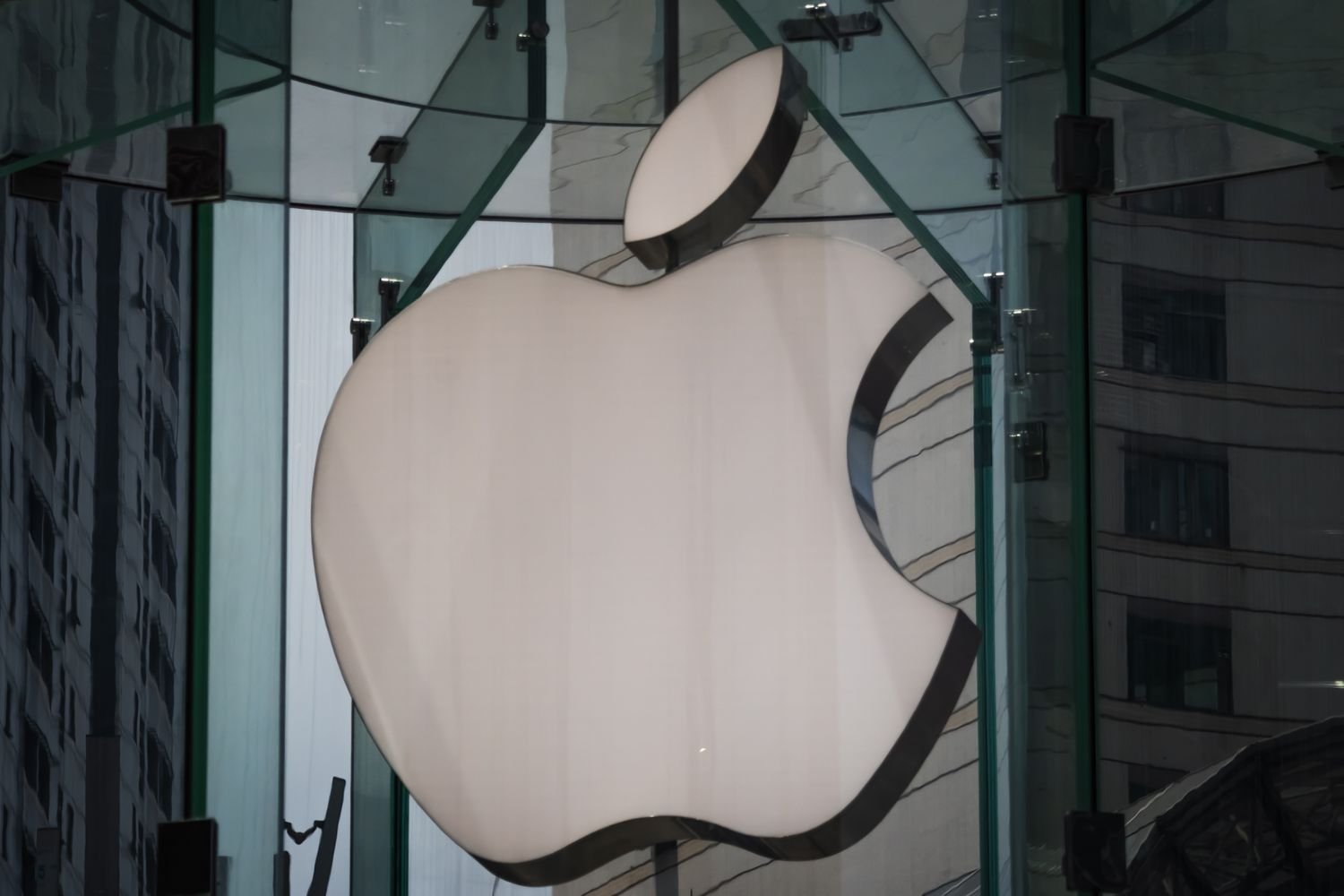iPhone Shipments from India Skyrocket 76% as Apple Reroutes Production from China
iPhone shipments from India to the United States surged by 76% in April 2025, hitting a record 3 million units. This shift signals Apple’s accelerating move away from China amid growing political and economic pressure from former President Donald Trump. The dramatic pivot in Apple’s supply chain comes as Trump demands Apple halt its Indian expansion and instead manufacture iPhones domestically.
According to data from analyst firm Omdia, iPhone exports from China to the US dropped sharply—by an identical 76%—down to just 900,000 units in the same month. The contrasting trends highlight Apple’s strategic manufacturing overhaul, triggered by new US tariff policies. Chinese-made iPhones now face a 30% import tax, while those from India are subjected to a lower 10% rate—currently paused for 90 days.
Trump Targets Apple’s India Plans with Tariff Ultimatum
President Trump has turned Apple’s manufacturing choices into a political flashpoint, openly criticizing CEO Tim Cook. Trump stated that India is “doing very well” and doesn’t need Apple’s investment, insisting the tech giant prioritize US-based production. In a Truth Social post, Trump threatened to slap a 25% tariff on any iPhone not made in the United States.
This isn’t the first time Trump has pushed Apple to relocate production. During his earlier presidency, he made similar demands, but Apple cited structural hurdles. Steve Jobs, in a conversation with President Obama in 2011, said that US manufacturing jobs “aren’t coming back” due to the country’s lack of skilled labor in precision engineering.
Economists estimate that relocating just 10% of iPhone production to the US would require a $30 billion investment over three years. Furthermore, the cost of a domestically made iPhone could skyrocket to $3,500 compared to the current $1,000 retail price. The iPhone’s supply chain involves 2,700 parts from 187 suppliers across 28 countries, with less than 5% sourced from the US.
Apple Fast-Tracks Indian Operations Amid Tariff Deadline
In response to the April tariff implementation, Apple arranged emergency charter flights carrying over 600 tons of iPhones from India to the US. The company also secured a “green corridor” at Chennai Airport, reducing customs clearance from 30 hours to just six.
Apple’s Indian facilities, once limited to older iPhone models, now assemble the full range—including premium Pro models. Analysts from Bank of America estimate that Apple will soon rely entirely on its Indian production to meet US demand, projecting Indian output to reach 25 million iPhones annually by 2026.
India Becomes Apple’s Global Manufacturing Lifeline
iPhone shipments from India reflect the country’s transformation into Apple’s primary manufacturing hub. Tarun Pathak, Research Director at Counterpoint, emphasizes India’s advantages: cost-effective English-speaking labor, skilled software engineers, and pro-manufacturing government policies.
Indian government officials remain optimistic despite US political pressure. Sources from the Ministry of Electronics and IT confirm that Apple has reassured India of its continued investment and expansion plans.
Challenges Ahead: Political Pressure vs Supply Chain Realities
Despite its momentum, Apple’s India-centric strategy faces headwinds. The US seeks to force domestic production, while China may restrict access to critical tools and talent needed by Apple’s Indian partners. Dan Ives of Wedbush Securities dismissed the idea of US-based iPhone production as “a fairy tale,” citing America’s skilled labor shortage and lack of manufacturing infrastructure.
Former Apple executives highlight the gap by noting that while China can staff entire football fields with tooling engineers, the US can barely fill a single room. Omdia’s Le Xuan Chiew cautions that India’s rapid capacity expansion may not meet soaring demand immediately, though it remains the most viable alternative to China.
Conclusion: India Poised to Secure Apple’s Future Amid Tariff Uncertainty
As iPhone shipments from India rise sharply and China’s role declines, Apple’s long-term manufacturing future appears tied to India. The country’s growing infrastructure, cost benefits, and political support make it a strategic “life raft” amid tariff threats and global supply chain shifts. While US political pressure persists, the economics and logistics strongly favor Apple’s continued expansion in India.







